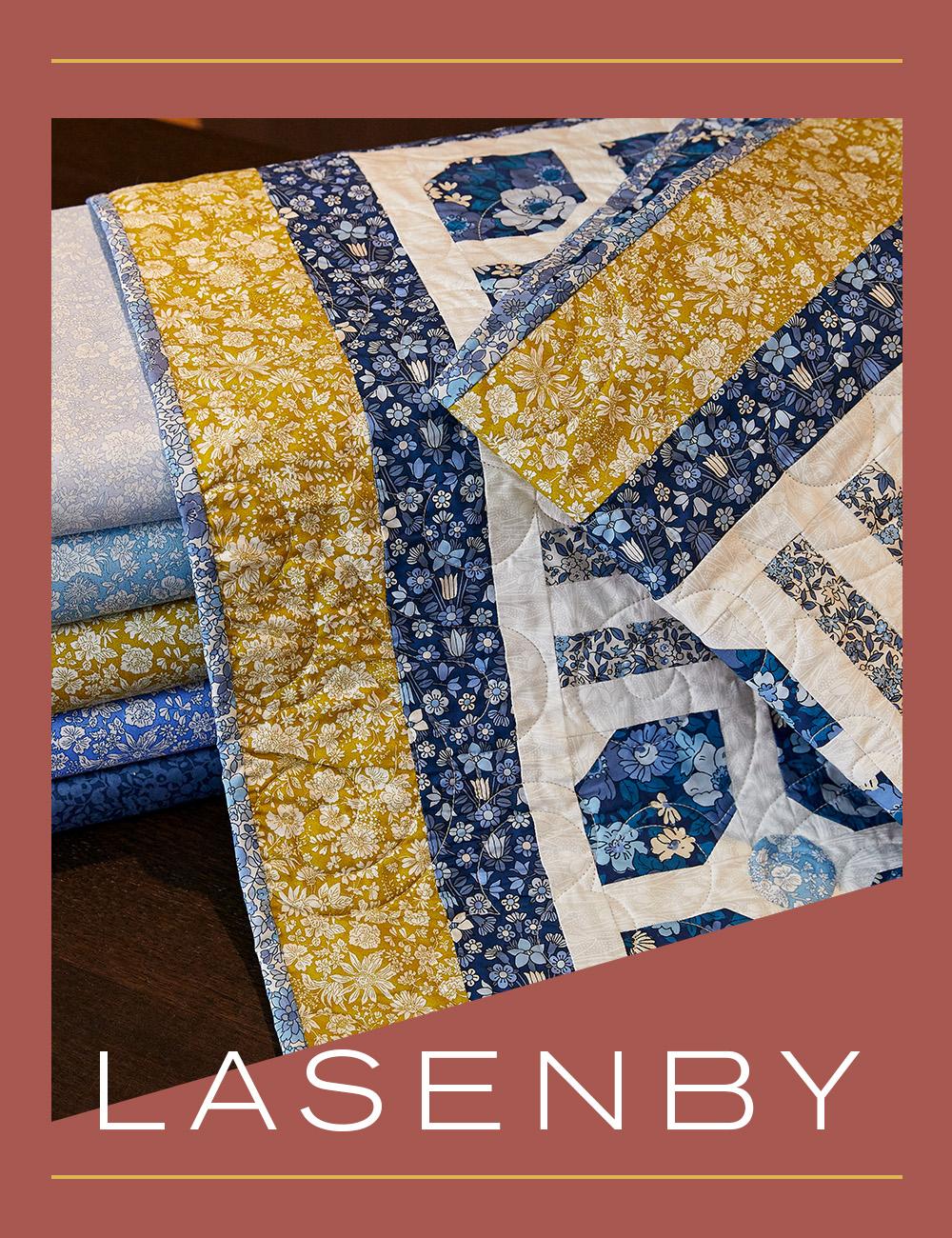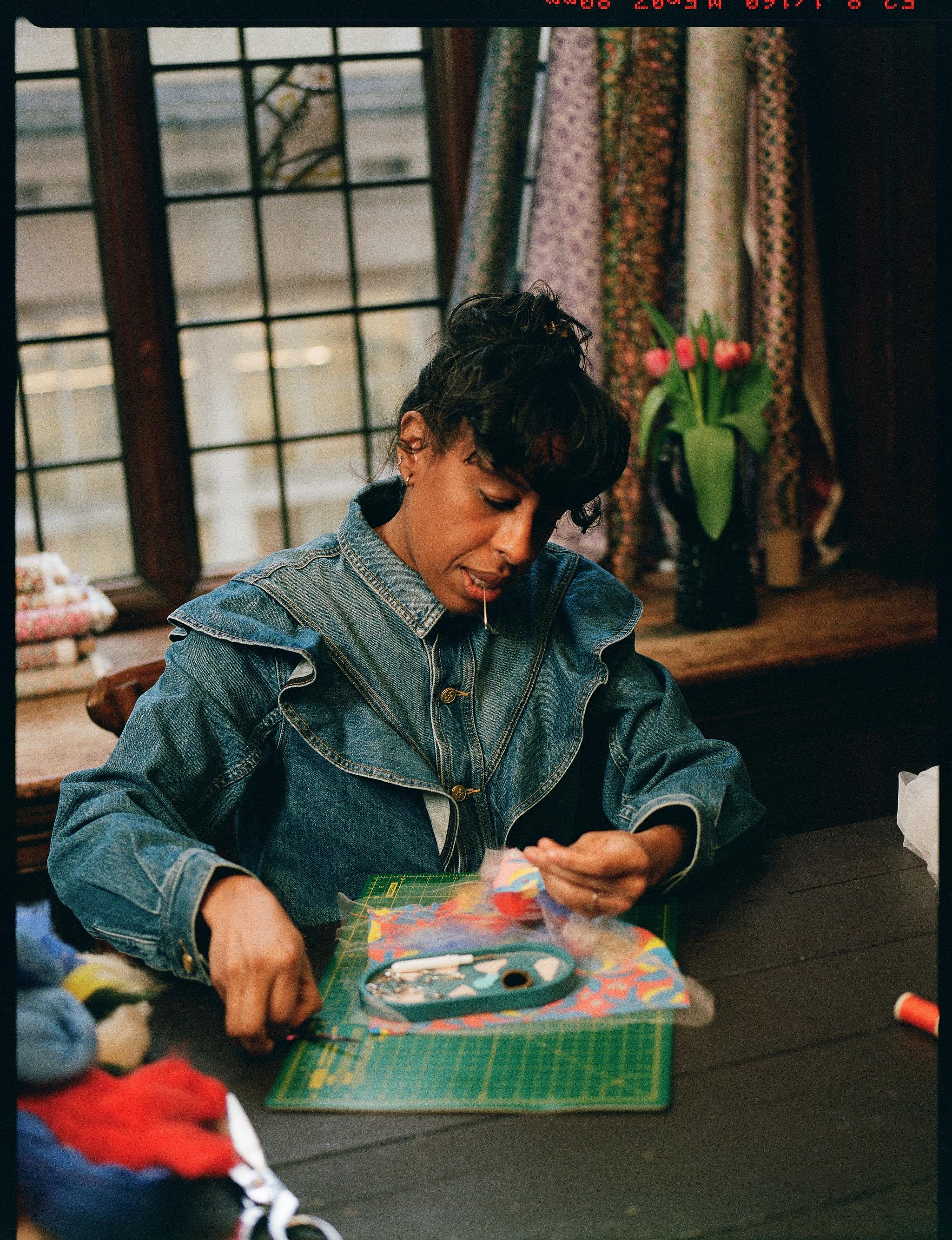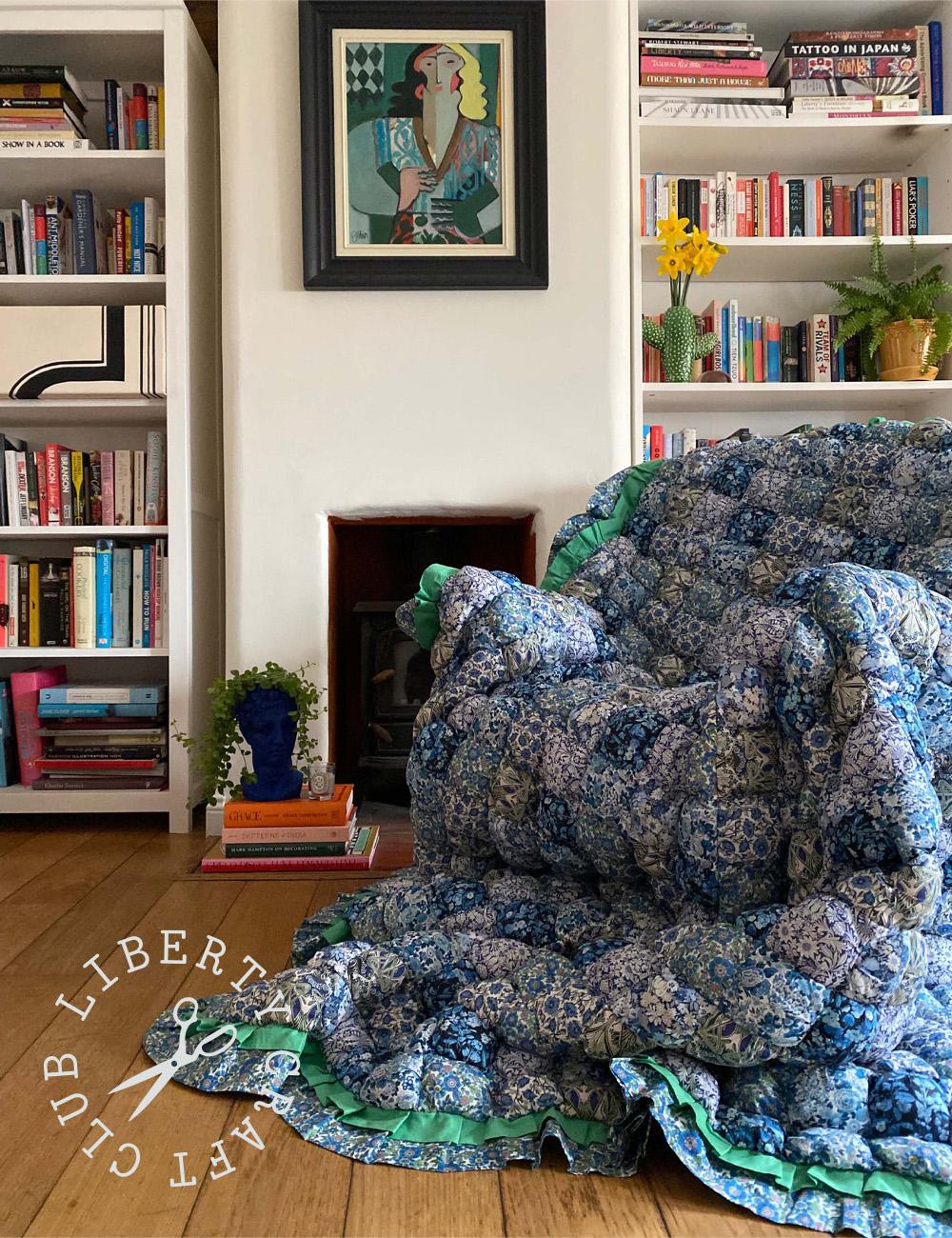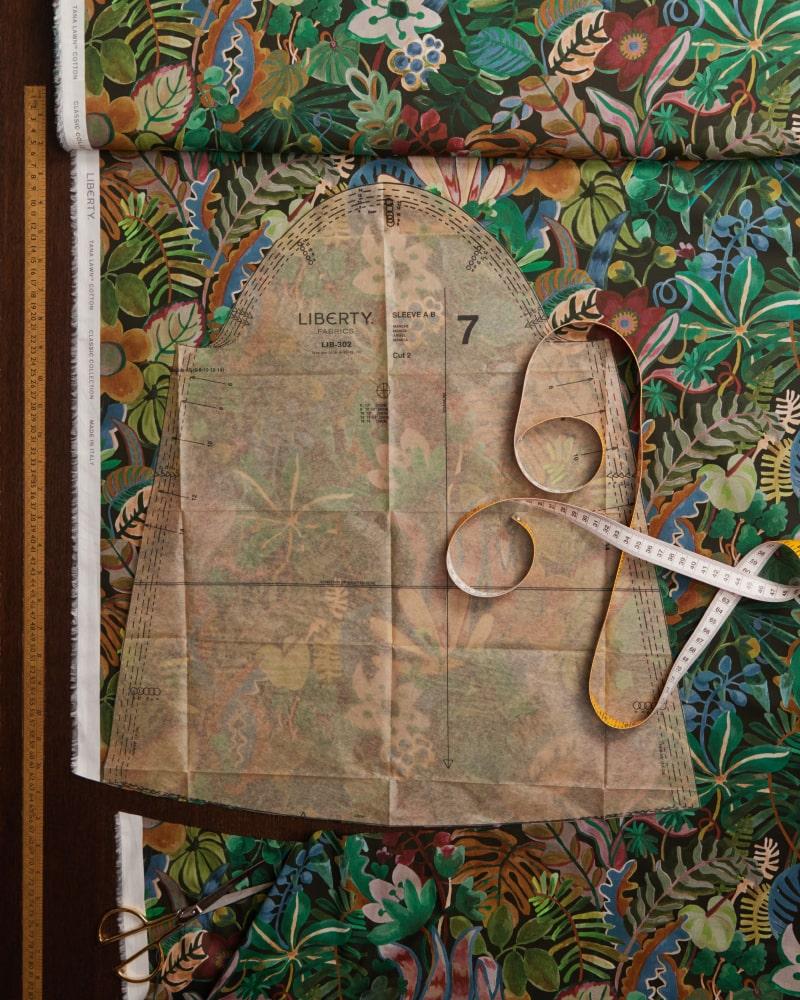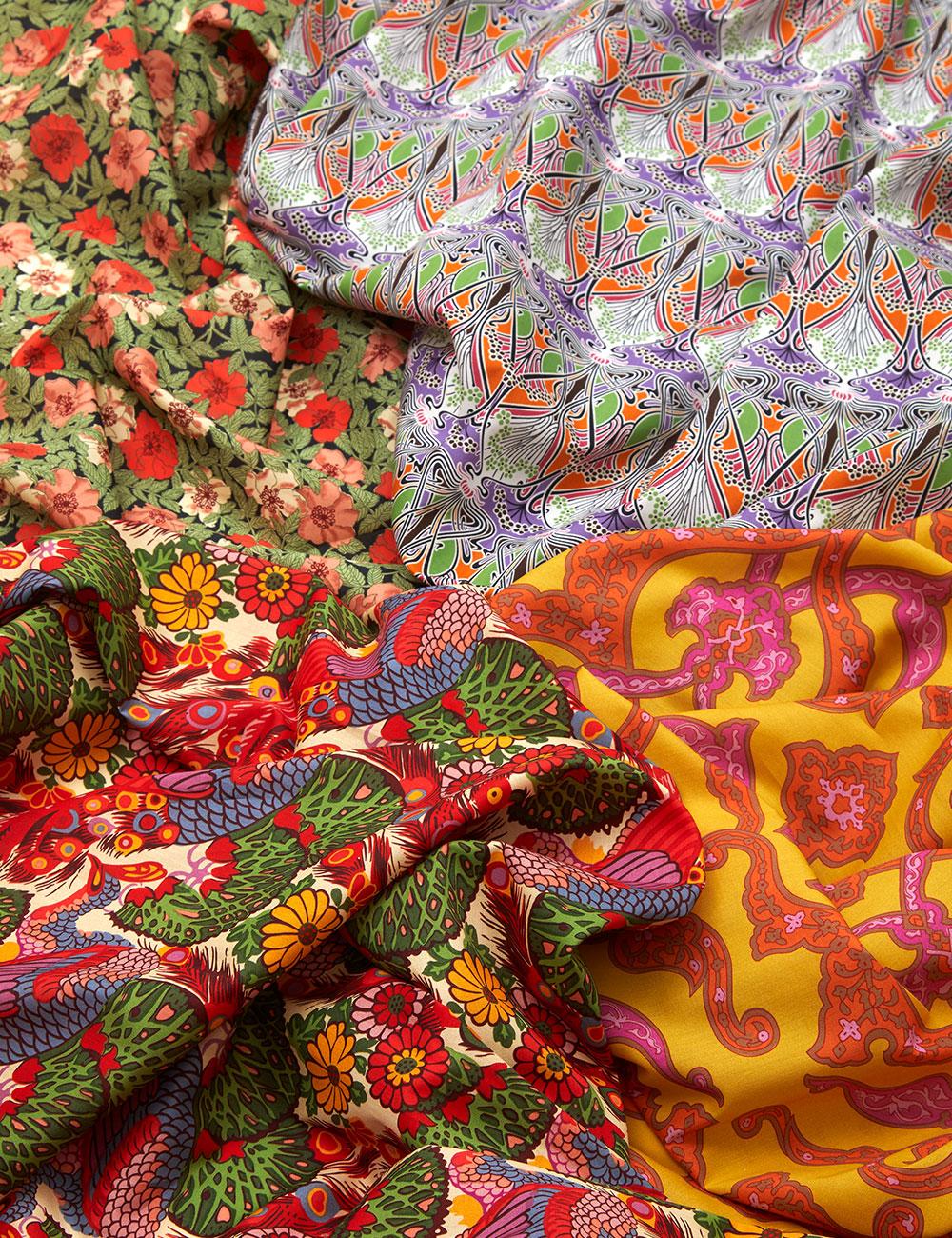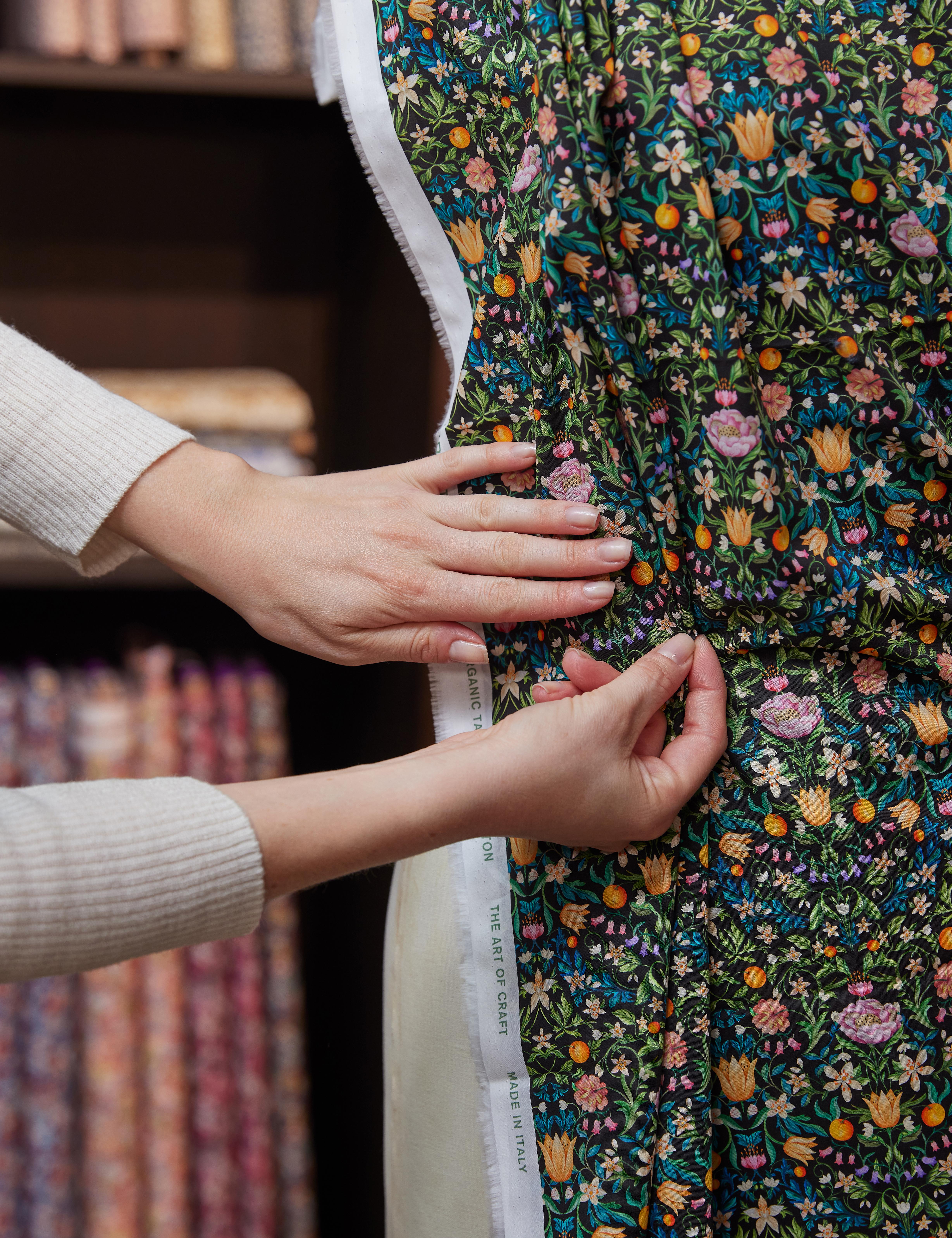
How to Choose the Best Fabric for Beginner Sewers
Whether you’re a beginner sewer or a seasoned crafter, finding the most forgiving fabric can be a bamboozling task. But not with Liberty…
By: Charlotte OlbyRead more

How to Choose the Best Fabric for Beginner Sewers
Whether you’re a beginner sewer or a seasoned crafter, finding the most forgiving fabric can be a bamboozling task. But not with Liberty…
By: Charlotte Olby
So you’ve bookmarked a couple of #CraftClub tutorials, prepped yourself with all the sewing kit essentials required and been inspired by the fabric collections from Liberty Fabrics… and now you’re ready to tackle your first sewing project!
Read More: What Liberty Print Are You?
If you’re feeling nervous about choosing the perfect fabric - How stretchy is it? Can I put it through a sewing machine? Or the washing machine? - don’t fret. There are a few key things to look out for that will help you determine if a fabric is friendly for beginners (or not) and we’ve got just the guide for you. And it’s important, because finding the right fabric for the job can be the difference between ending up with a piece you’re proud of or one that's destined for the bin. Whether you’re taking on embroidery, practising your pattern cutting or even heading straight into dressmaking, certain fabric bases perform better than others so let us help you embark on your sewing journey buoyed with the knowledge that you’ve chosen fabrics that make sewing just a little bit easier. So let's get into it.
Read More: A Beginners Guide to Understanding Sewing Terms
What Makes a Fabric Easy to Sew With?
A quality fabric will build your confidence and produce much better results. Like with all new skills, sewing is all about practice. Working with fabrics and learning how to handle them gets easier over time, just remember to have fun and enjoy the process!
A Beginner-Friendly Fabric will…
1) Not be too thick, nor too thin
The golden rule is to try to look for lightweight woven fabrics that are stable, crisp and tightly woven - this will make them easier to manoeuvre in your machine. Thin fabrics are easy to over handle, which can stretch them out. While thicker fabrics call for more care while stitching, because you’re more likely to have difficulty manoeuvring the fabric plus pattern pieces under the machine foot and needle.
2) Have minimal to no stretch
Simply put, your cloth should be nice to cut and shouldn’t shift around too much when you’re handling it. It is super easy to overstretch flexible fabrics during sewing which can make the fabric sag (rather than drape beautifully) and more prone to tears.
3) Not require pattern matching
While you’re starting to research fabrics, falling in love with different prints, patterns and colourways, you might come across some linear prints or patterns that require painstaking matching. Be careful when choosing your print and stick to solid plains or randomised prints - this will save you many hours and many a headache.
How to Choose the Right Fabric Weight
When looking at fabrics, the weight is usually graded either in terms of light, medium and heavyweight or by the GSM number. GSM stands for grams per square metre, which refers to the weight of a fabric. In general, the higher a fabric's GSM, the thicker and more hard-wearing it's likely to be – so typically a higher GSM number (around 200gsm) fares better for beginners due to the denser fibres making for a sturdier base.
Which Liberty Fabrics are Suitable for Beginners?
Tana Lawn™ Cotton
Cotton lawn and cotton poplin are both tightly woven, lightweight fabrics making them some of the easiest fabrics to sew because they don’t fray and aren’t slippery or stretchy. They are very easy to press with an iron and, if you choose a heavy print, will be particularly good for beginners as the print hides any inevitable imperfections.
Our classic and fluid Tana Lawn™ Cotton has always been a top choice for crafting – hence its rather famous reputation. One of the most versatile fabrics on the market, Tana is known for its rich colours and silk-like feel while still being super breathable and even machine washable – making it the perfect fabric for any craft, no matter your skill level. Printed in our very own Liberty Printing Mill, located between Milan and Lake Como, Tana Lawn™ Cotton is a fabric built by obsession.
Read More: Everything You Need to Know about Liberty Tana Lawn™ Cotton
Shop Tana Lawn™ Cotton
Lasenby Quilting Cotton
Quilting cotton, with its smooth texture and consistent weave, is an equally popular choice for beginner sewists. It’s versatile, widely available, and comes in various prints and colours, making it perfect for a range of sewing projects. Our Lasenby cotton, made from 100% cotton, is the perfect fabric for quilting, as it’s durable, machine washable and richly coloured with iconic Liberty designs. Slightly heavier than its cotton companion Tana, Lasenby weighs 146 grams per square metre making it very stable and of course, perfect for quilting.
Read More: Everything You Need to Know about Liberty Lasenby Cotton
SHOP LASENBY COTTON
Liberty Fabrics
Polar Grey Snowdrop Spot Lasenby Quilting Cotton
Liberty Fabrics
Claret Emily Belle Lasenby Quilting Cotton
Liberty Plains Collection
Liberty’s Plains Collection is your go-to if you’re looking for a non-patterned base to let your craft sing, and comes in a range of tactile (yet natural) fabrics including Tana Lawn™ Cotton, Silk Satin and Silk Crepe de Chine. The very first product made for our iconic Regent Street store in the late-1800s was a range of dyed Plains, which soon became known around the world as ‘Liberty Art Colours’.
Shop Plains Collection
What Do I Need in My Beginner’s Sewing Kit?
While you don’t need a huge amount of materials to start with, it will pay dividends to get the correct needles, threads etc. Here’s our recommended full kit list:


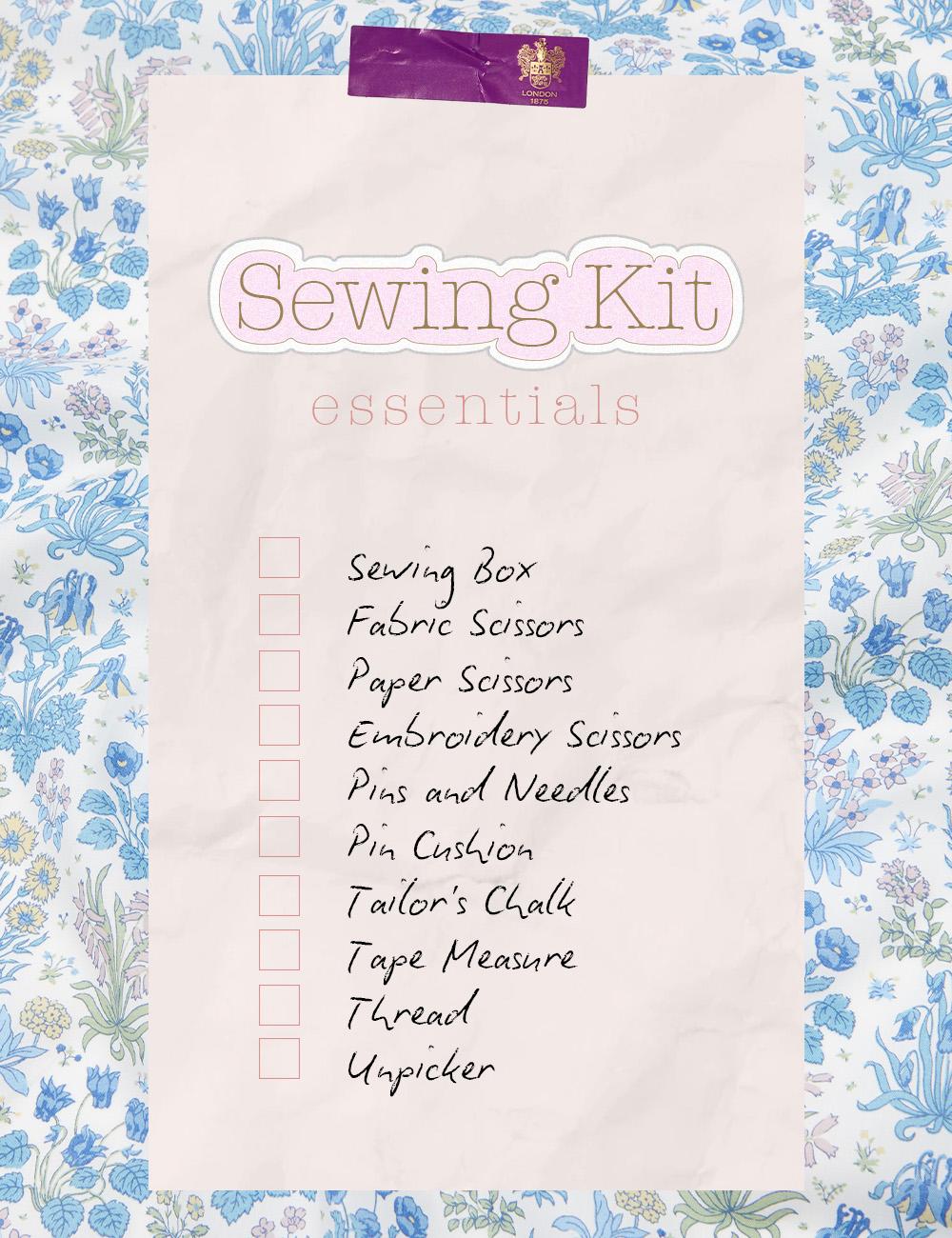
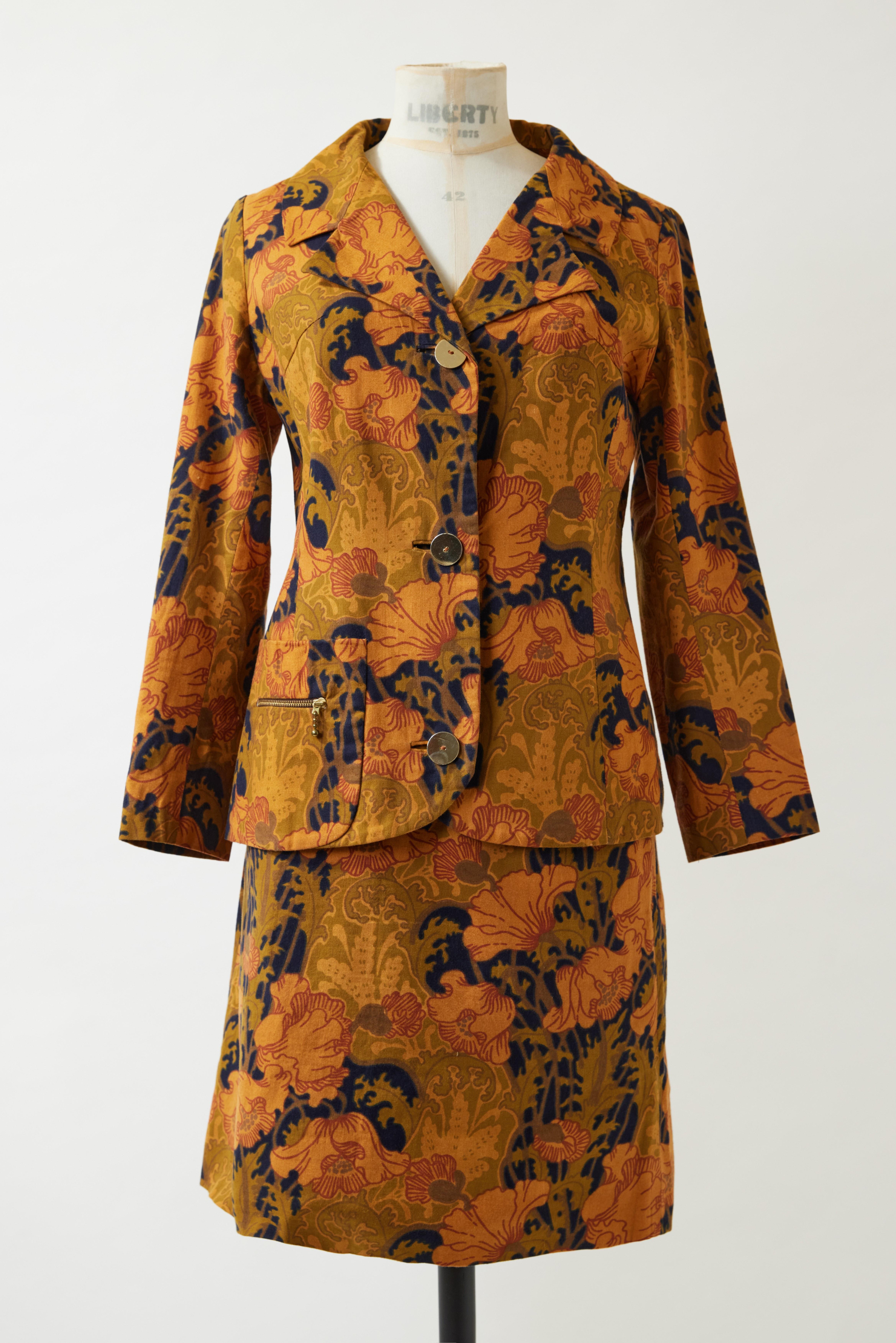

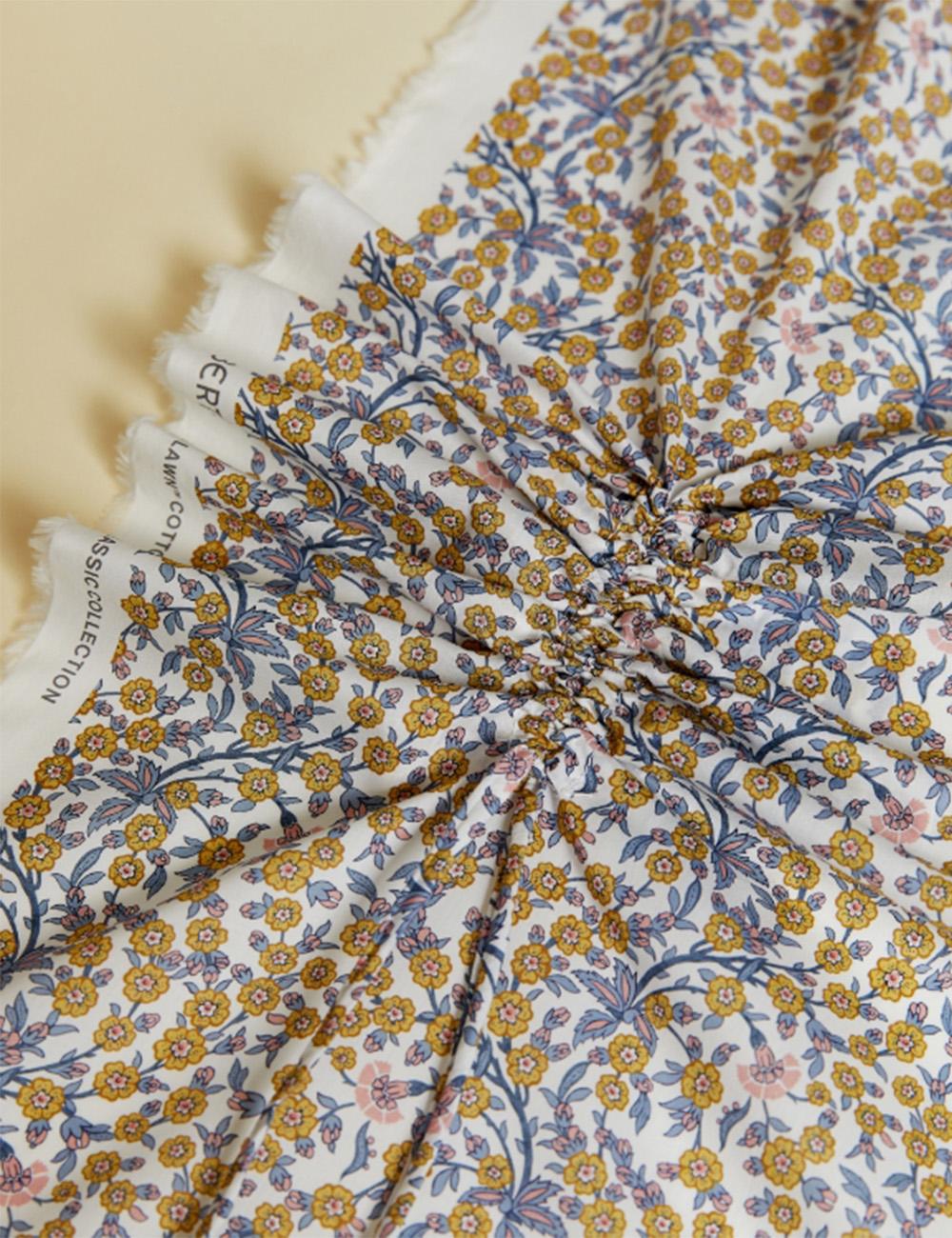
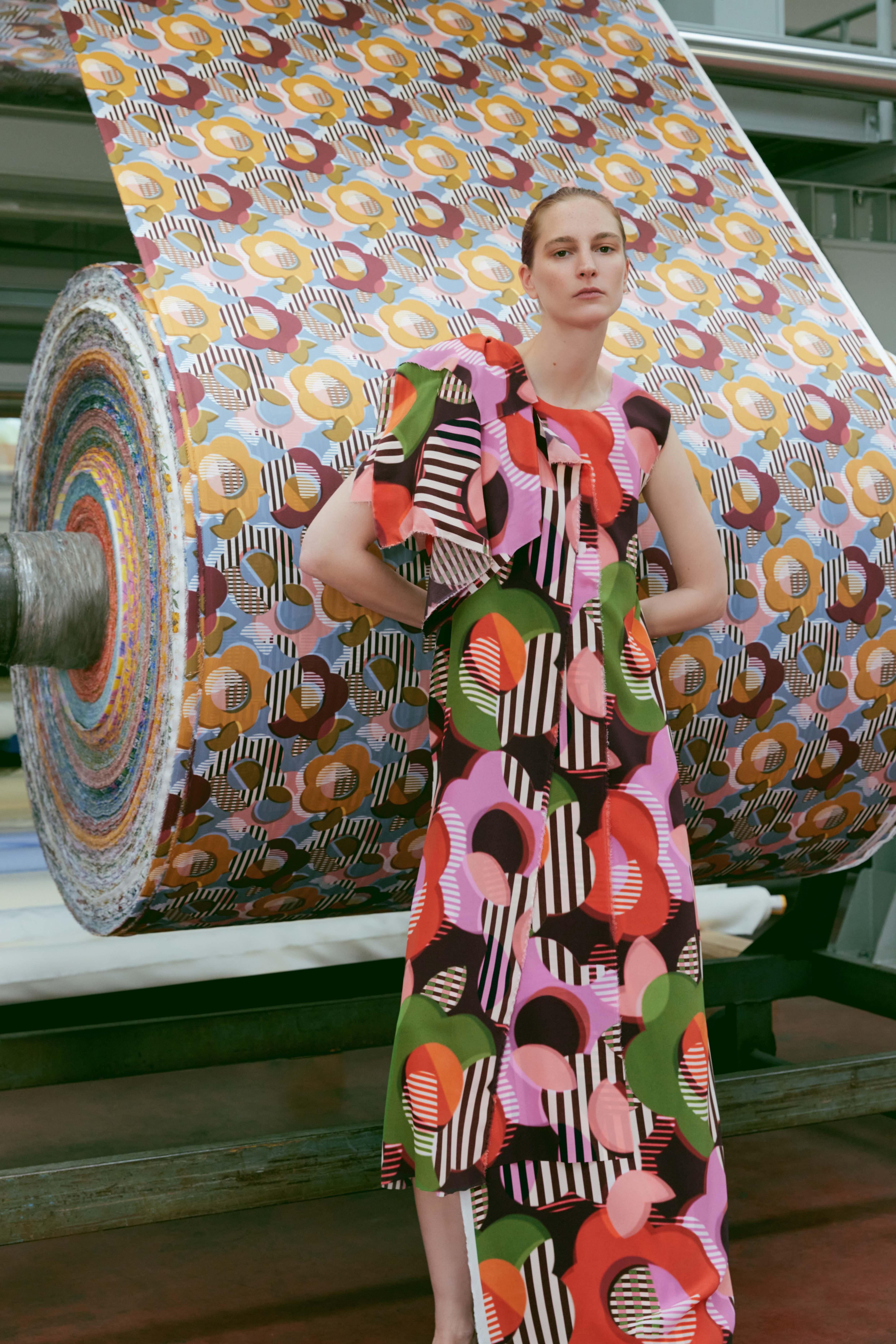
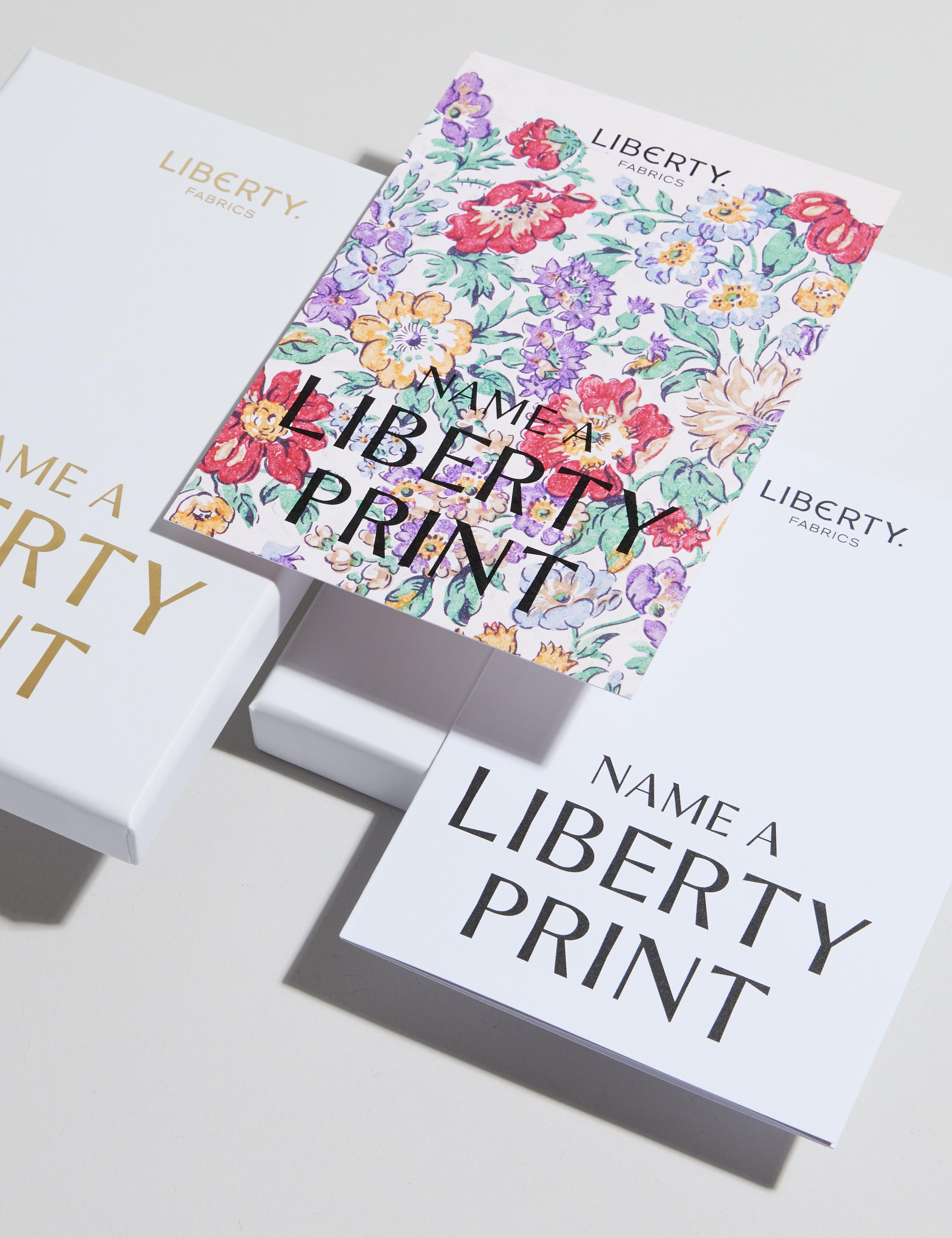
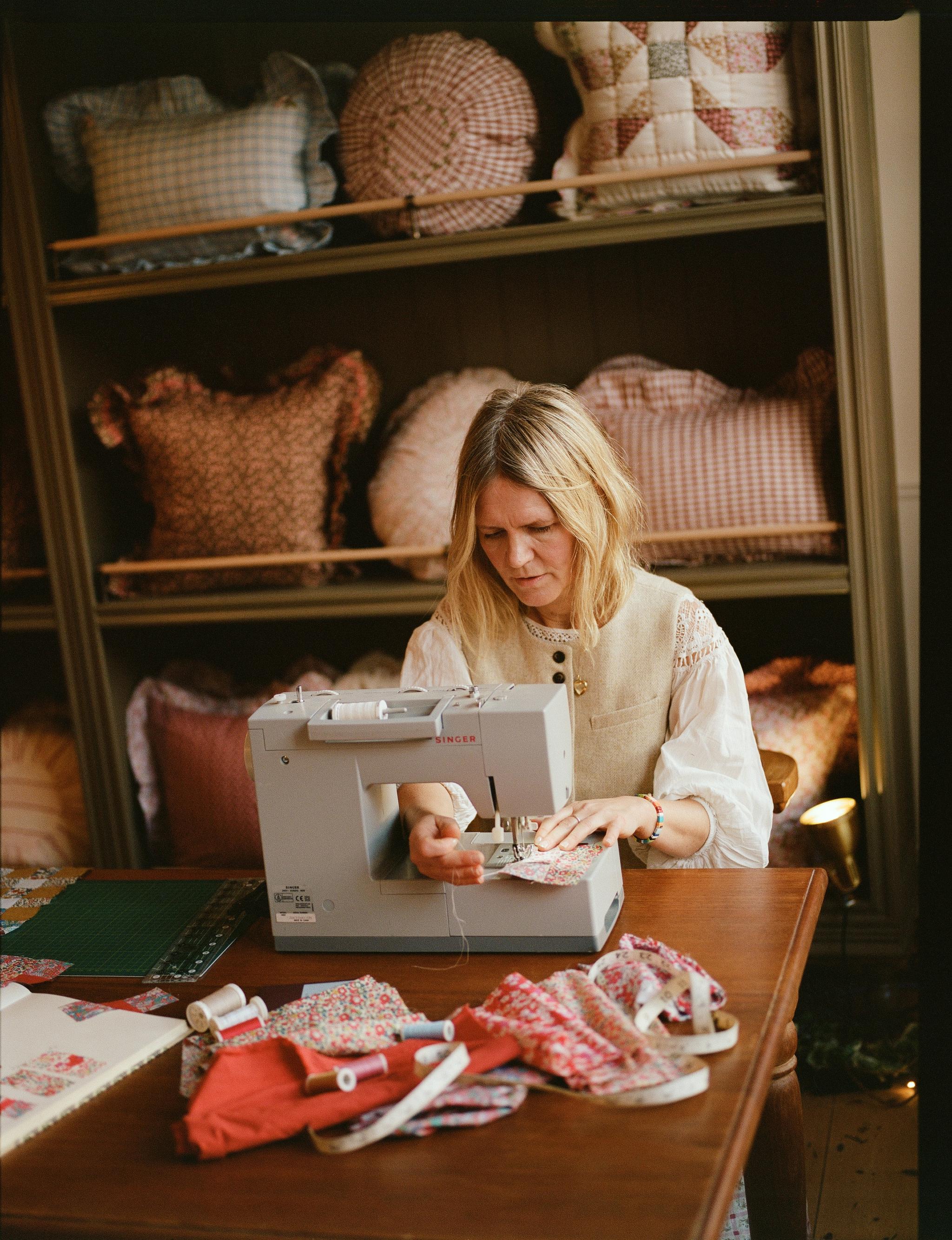
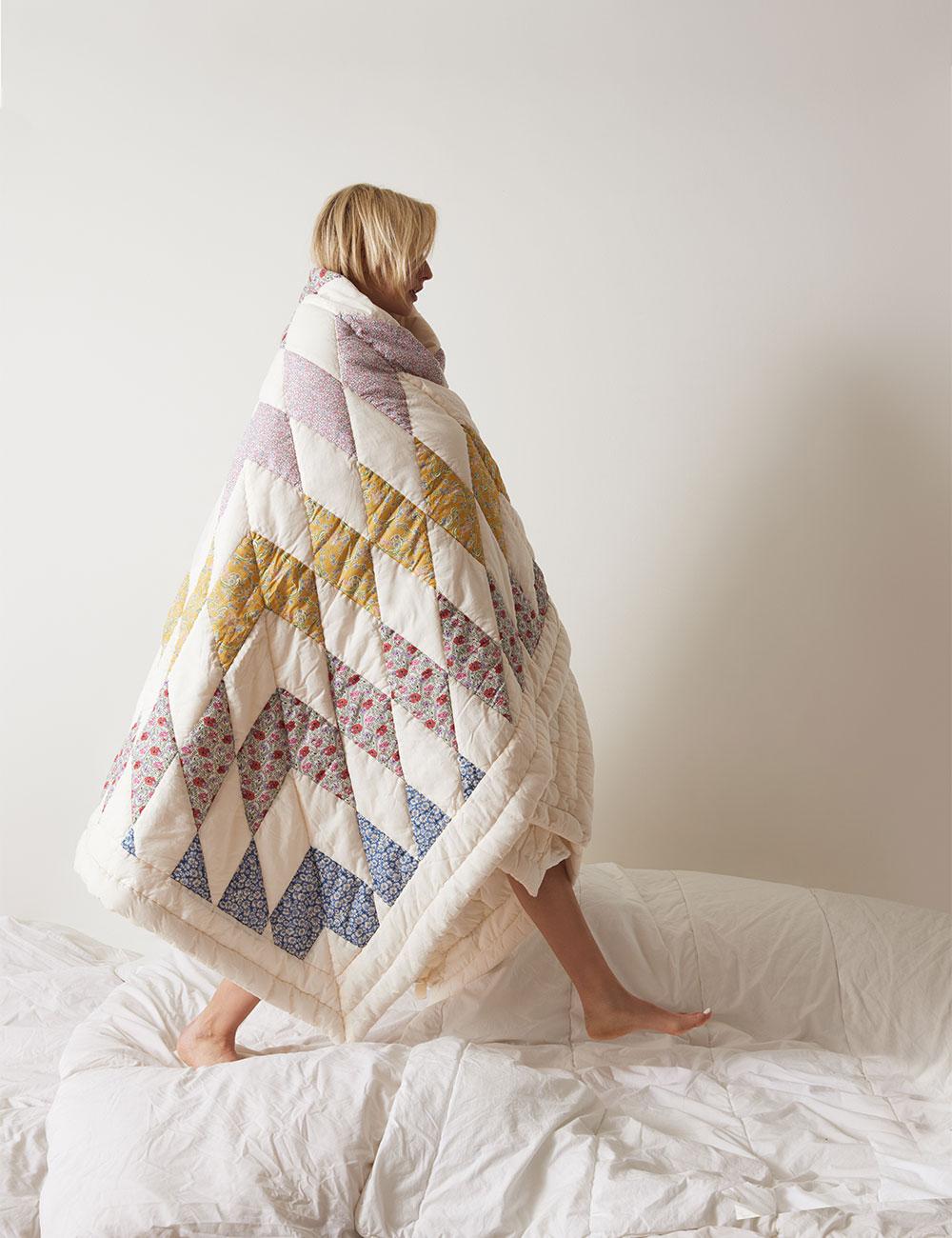
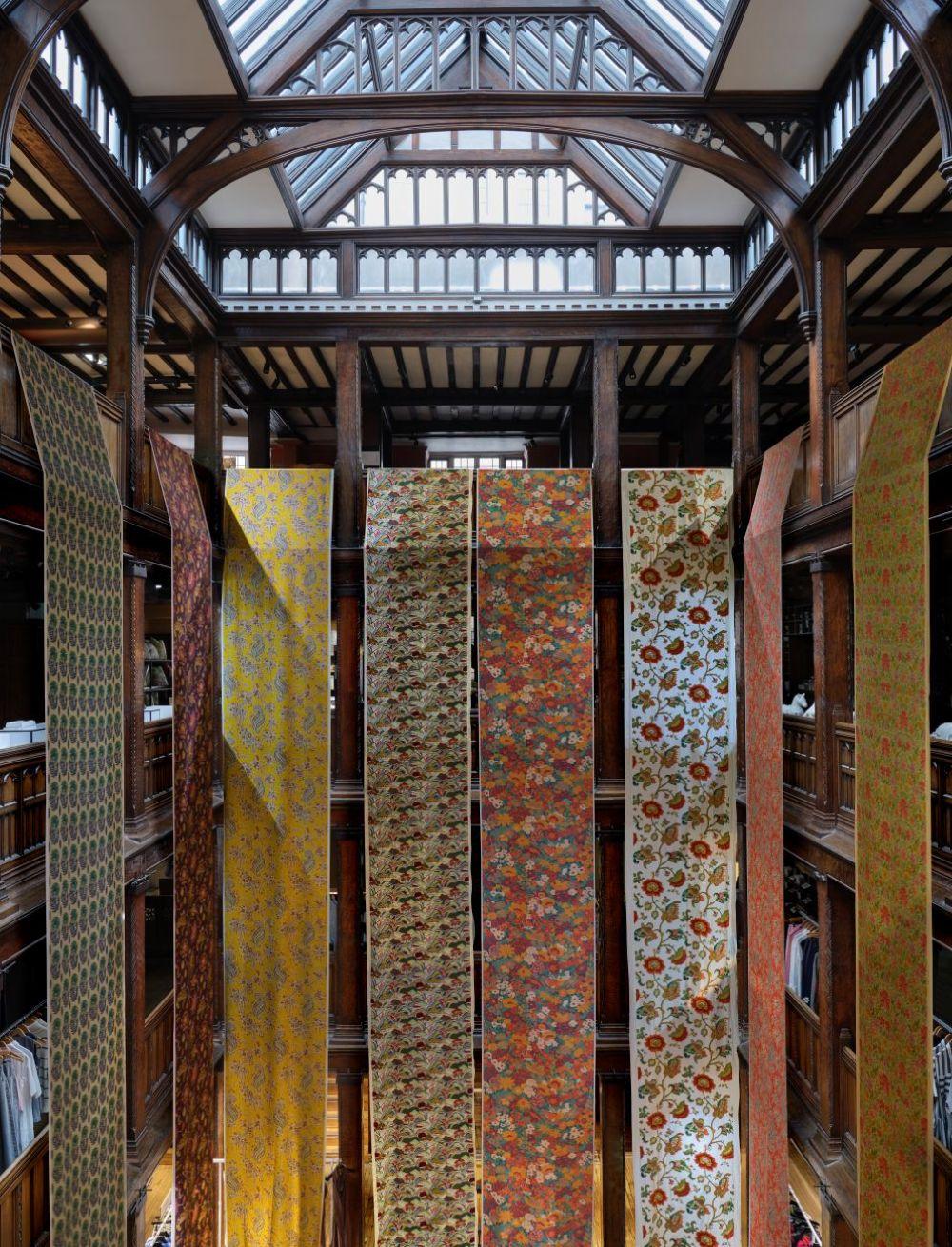

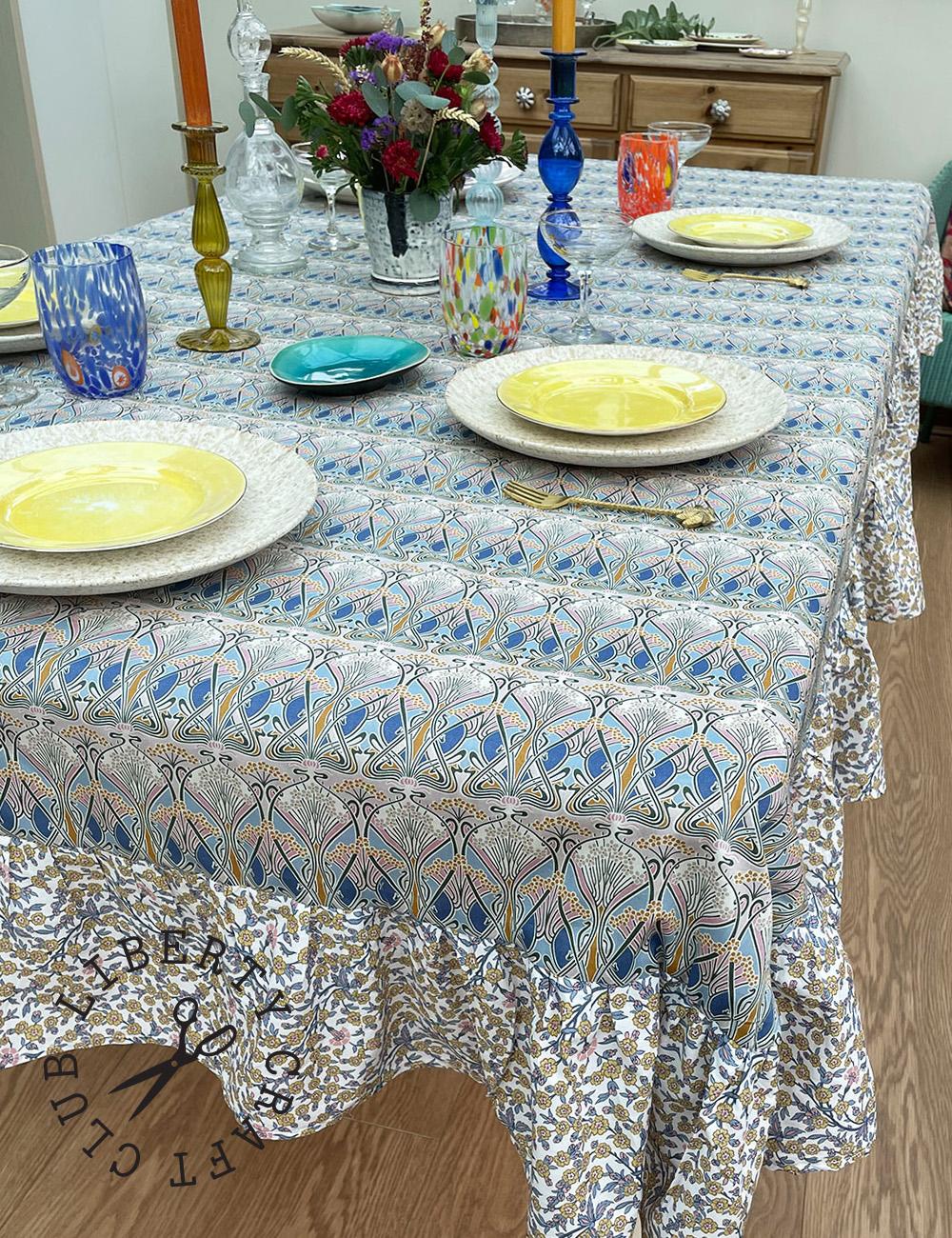
_0824_RETOUCHED?fmt=auto&qlt=default)

